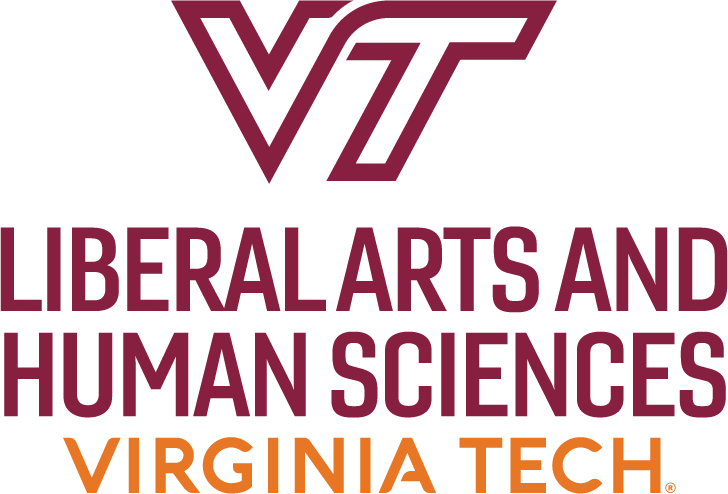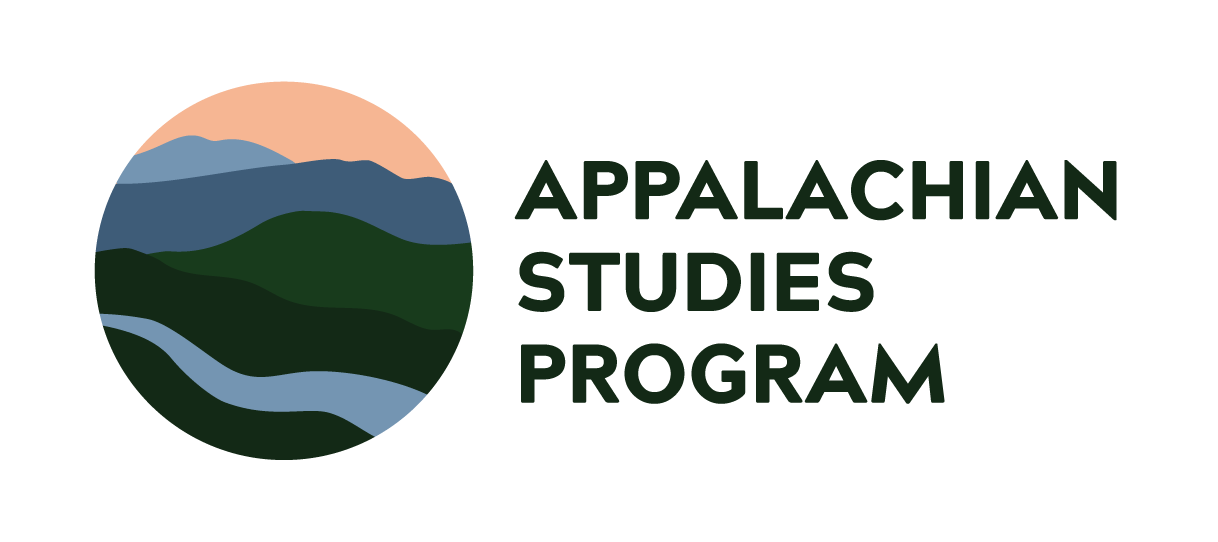About MAAV
Monuments Across Appalachian Virginia works to reclaim, imagine, document, reinterpret, display, and amplify histories and experiences that highlight collective struggles for the vitality of people and our shared environment, especially by, for, and with people whose stories have been silenced, denied, or excluded.
From 2023-2025, MAAV will facilitate 9 new monuments through projects led by the community and Virginia Tech faculty, with a focus on: the diversity of Appalachian communities (with regard to race, ethnicity, indigeneity, national origin, sexuality, and more); movement across the landscape via migration and population displacement; resource extraction and environmental change; and collective struggles for social justice including anti-racist, environmental justice, feminist, and labor movements.
MAAV is funded by The Mellon Foundation and housed at Virginia Tech. The project is being led by Katy Powell, director of the Center for Refugee, Migrant, and Displacement Studies, and Emily Satterwhite, the director of the Appalachian Studies program in the Department of Religion and Culture.
For more information, please email maav@vt.edu.
How does MAAV Define Appalachian Virginia?
Appalachian Virginia. This map shows Appalachian Virginia as designated by Ann Dewitt Watts’ Terrain Map (Southeastern Geographer, 1978) plus John Alexander Williams’ Loosely Constructed definition (Journal of Appalachian Studies, 1996). This combination is one of the most inclusive definitions of Appalachian Virginia available. Map by Stewart Scales, 2023.
Appalachian Virginia overlaid on homelands of Eastern Siouan speaking peoples circa 1650. Map by Stewart Scales, 2023.
-
Monuments Across Appalachian Virginia (MAAV) is committed to developing collaborative, trusting, and restorative relationships with community members and organizations. We believe building these relationships means acknowledging that the presence and expansion of Virginia Tech has forever changed land use and local economies. Virginia Tech has financial and intellectual ties to extractive industries and prison labor. The Blacksburg campus occupies traditional land of the Yesą́h (Tutelo/Monacan) people and occupies land once worked by more than 200 enslaved people. One plantation house, Solitude, is part of the university’s main campus, and another plantation house museum and grounds, Smithfield, has a partnership with the university. Virginia Tech owns additional sites of enslavement, including Reynolds Homestead.
MAAV is based at Virginia Tech and led by Virginia Tech faculty. Because this project will produce research, documentation, installations, and performances in collaboration with dispossessed peoples and communities, MAAV acknowledges the role research universities have played in systematic and institutional abuses such as experimentation, segregation, exclusion, scientific racism, objectification, cultural tourism, stolen art, and unrepatriated artifacts. MAAV is committed to disrupting harmful power dynamics that perpetuate deep-rooted injustices between institutions of higher education and impacted communities.
MAAV Partners

Additional Funding Sources
Although MAAV is no longer funding projects, there are numerous other resources available for groups interested in creating monuments in Appalachian Virginia.














